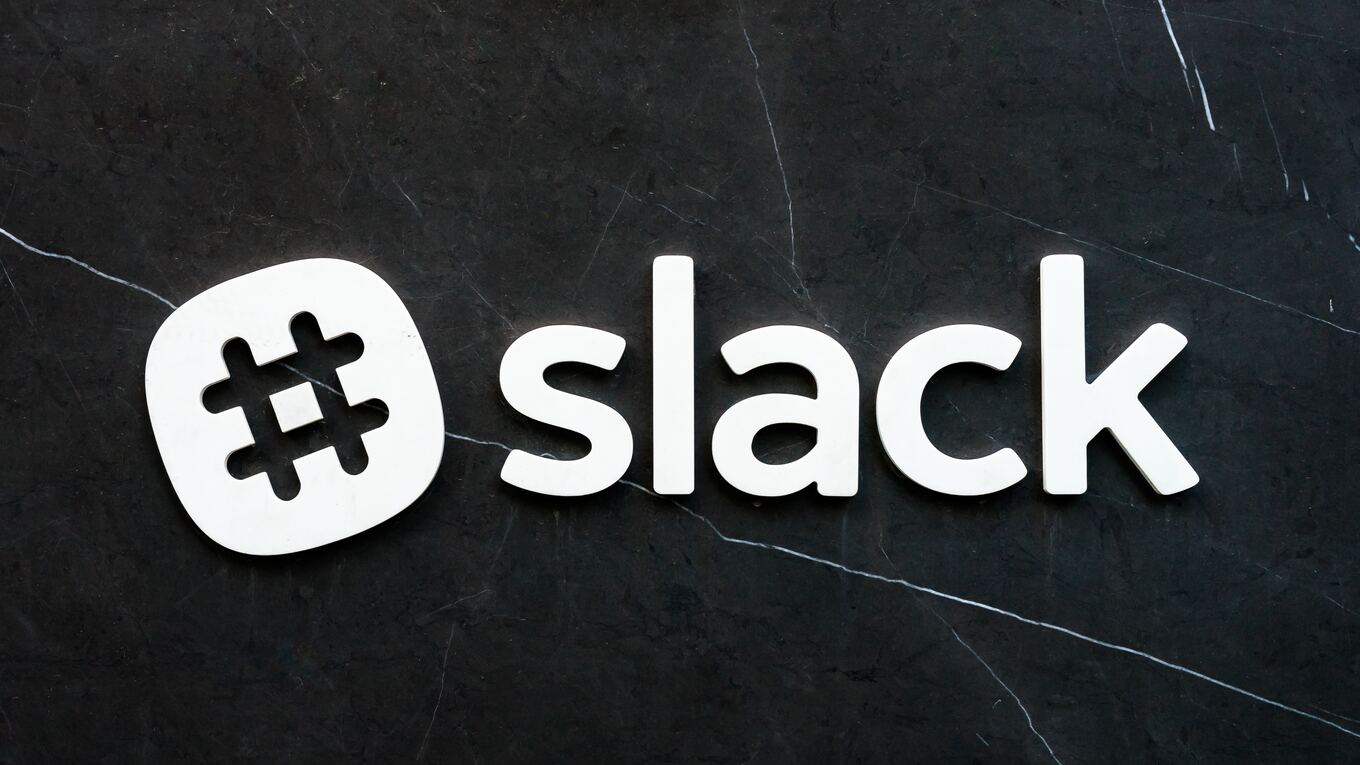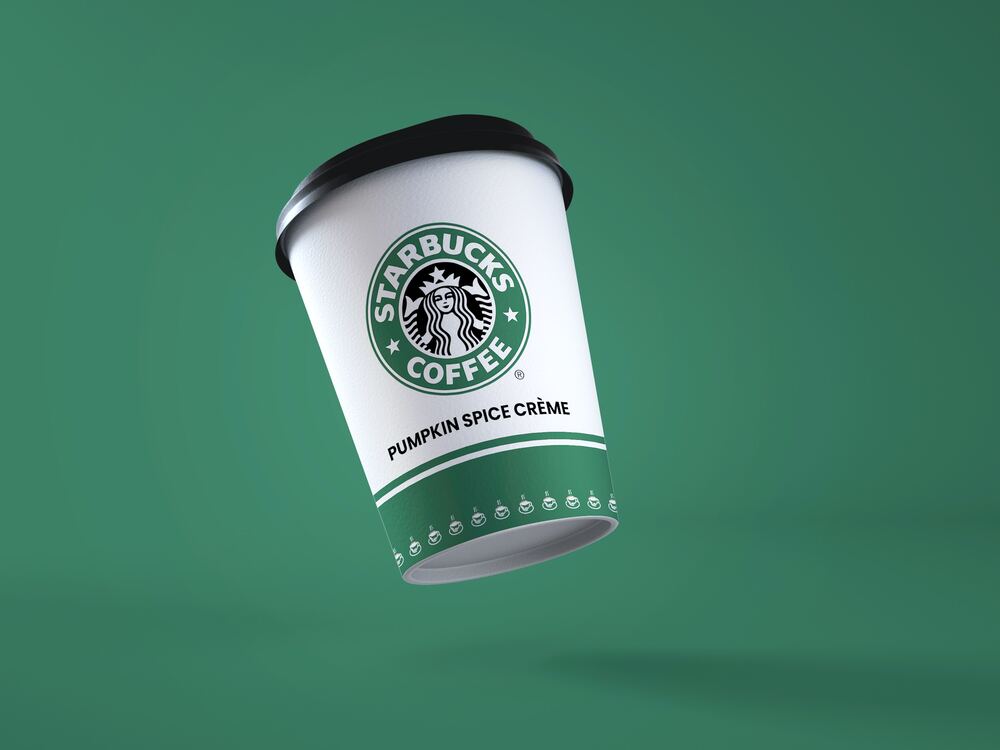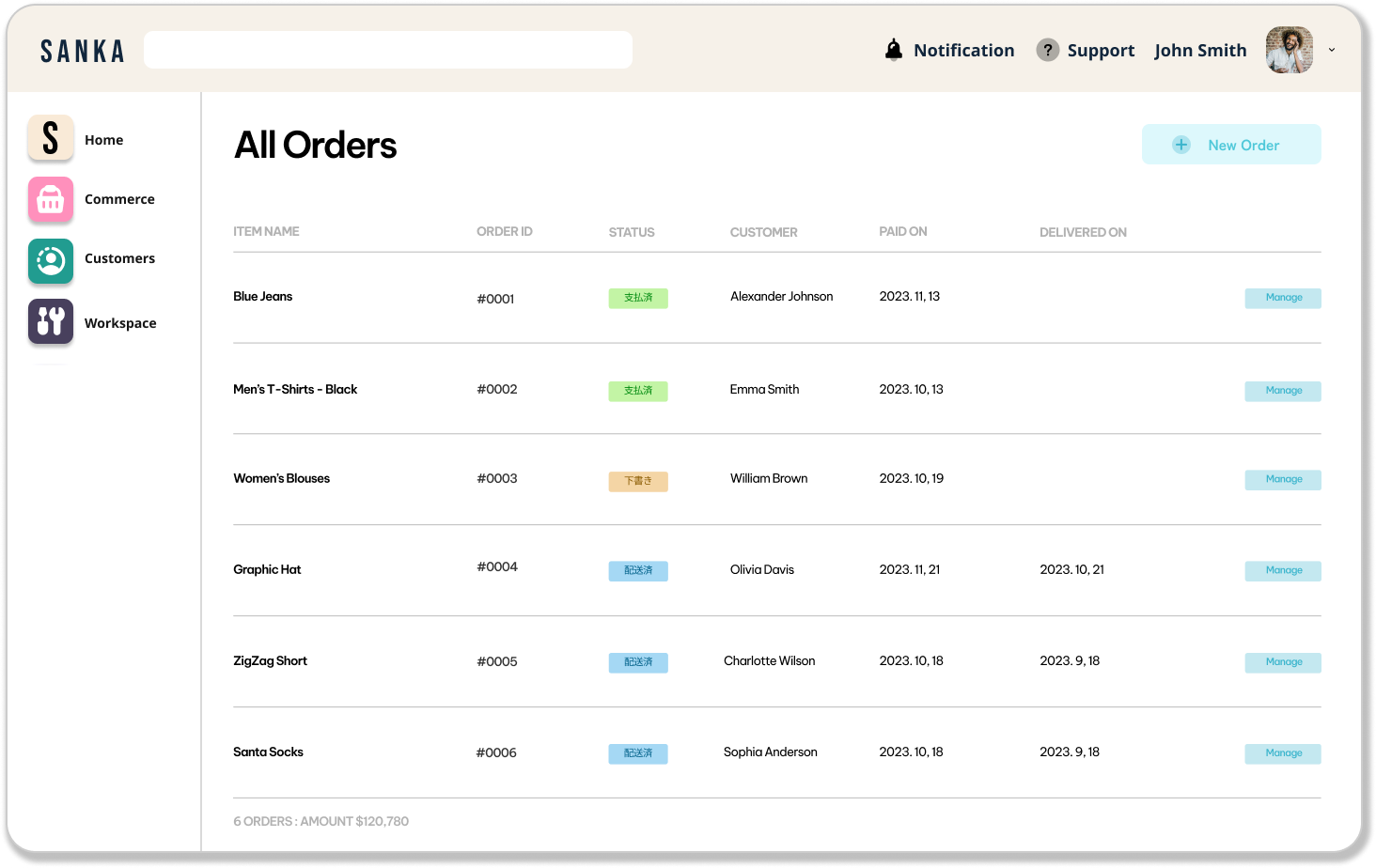Introduction
Brand communities have become an essential tool for companies to engage with their customers, foster loyalty, and drive growth.
When done right, brand communities can foster a sense of belonging among customers, facilitate communication, and create opportunities for co-creation and collaboration.
In this blog post, we’ll look at 10 companies that are running brand communities exceptionally well and explore what you can learn from them.
Apple
Industry: Technology
Unique Characteristics: Apple Support Community, Apple Developer Forums, and Apple-centric forums and groups
Apple has one of the most iconic brand communities in the world, with millions of fans who are passionate about the company’s products and culture. The Apple community is known for its inclusivity and shared values, with members frequently sharing tips, tricks, and support on forums, social media, and in-person events.
What you can learn from Apple:
- Focus on building a strong, cohesive brand that resonates with your target audience.
- Create a platform for customers to ask questions, share solutions, and discuss products
- Encourage and reward users for helping others within the community
- Use community events and social media to engage with customers and create opportunities for them to connect with each other.
LEGO

Industry: Toys and Entertainment
Unique Characteristics: Crowdsourcing product ideas and fostering creativity
LEGO has a community that spans generations and is one of the most active and creative online communities in the world.
Members share photos and videos of their creations, participate in challenges, and connect with other fans around the world.
What you can learn from LEGO:
- Involve customers in the product development process
- Encourage and reward user-generated content and collaboration
- Showcase customer creations and stories to inspire others
Encourage your customers to get creative and share their ideas and experiences. By creating challenges and competitions, you can generate excitement and build a sense of community around your brand.
Lululemon
Industry: Apparel and Fitness
Unique Characteristics: Fitness, wellness, and local community engagement
Lululemon’s Sweat Collective is a community of fitness instructors and enthusiasts who are passionate about the brand’s products and philosophy.
Members can attend exclusive events, get early access to new products, and receive discounts on purchases.
What you can learn from Lululemon:
- Empower customers to become brand advocates and share their experiences
- Foster a sense of community through local events and engagement
- Partner with influencers or experts in your industry to create a community that is both passionate and knowledgeable about your products.
By offering exclusive perks and benefits to members, you can create a sense of value and exclusivity that can help drive sales.
Sephora

Industry: Beauty and Cosmetics
Unique Characteristics: Beauty advice, product recommendations, and exclusive rewards
Sephora’s beauty community, Beauty Insider, is a massive and diverse group of customers who are passionate about makeup, skincare, and beauty in general. Members can earn rewards for their purchases and participate in a wide range of events, tutorials, and contests.
What you can learn from Sephora:
- Identify the unique value your community can offer to members
- Encourage participation and engagement through rewards and recognition
- Foster a sense of belonging by connecting members with shared interests
Rewards programs can be a powerful tool for building brand loyalty and encouraging repeat business.
By offering unique and exclusive content to members, you can create a sense of exclusivity and a feeling of being part of an exclusive club.
Toms
Industry: Footwear and Apparel
Unique Characteristics: Social impact, philanthropy, and customer engagement
Toms’ One for One program is a unique and innovative approach to building a brand community.
For every pair of shoes purchased, Toms donates a pair to someone in need, creating a sense of purpose and social responsibility among customers.
What you can learn from Toms:
- Identify a social mission or cause that aligns with your brand's values
- Encourage customers to participate in philanthropic efforts and share their experiences
- Foster a sense of community and shared purpose through storytelling and engagement
- Build your brand around a cause or mission that resonates with your customers.
By giving back to your community and creating a sense of social responsibility, you can build a loyal following of customers who share your values.
Slack

Industry: Software and Technology
Unique Characteristics: Peer-to-peer support, networking, and knowledge sharing
Slack’s community is focused on helping users get the most out of the platform, with a wide range of forums, tutorials, and support resources available. Members can connect with each other to ask questions, share tips, and collaborate on projects.
What you can learn from Slack:
- Encourage collaboration and knowledge sharing among community members
- Foster a sense of belonging by connecting users with similar interests and challenges
- Build a community that is focused on helping your customers solve problems and get the most out of your products or services.
By offering easy access to support resources and a platform for communication, you can create a sense of trust and loyalty among your customers.
Airbnb
Industry: Travel and Hospitality
Unique Characteristics: Peer-to-peer support, networking, and resources for hosts
Airbnb’s community is focused on connecting travelers with local hosts who can provide unique and authentic experiences. Members can review and rate their hosts, creating a sense of accountability and trust in the community.
What you can learn from Airbnb:
- Offer support and resources to help customers succeed
- Build a community that is focused on creating authentic experiences for your customers.
By providing a platform for connection and collaboration, you can build a sense of trust and accountability that can help build a loyal community of customers.
GoPro
Industry: Electronics and Cameras
Unique Characteristics: User-generated content, storytelling, and adventure
GoPro’s community is focused on action sports and outdoor adventures, with members sharing photos and videos of their experiences using the company’s products. Members can participate in challenges, share tips and tricks, and connect with other adventurers around the world.
What you can learn from GoPro:
- Showcase customer stories and experiences to inspire others
- Encourage user-generated content and brand advocacy
- Create a platform for customers to share their adventures and connect with others
By providing a platform for sharing and collaboration, you can create a sense of excitement and energy around your brand.
Starbucks

Industry: Food and Beverage
Unique Characteristics: Loyalty program, personalized offers, and community engagement
Starbucks’ My Starbucks Idea platform is a community-driven initiative that encourages customers to share their ideas and suggestions for new products and services. Members can vote on their favorite ideas and provide feedback to help shape the future of the brand.
What you can learn from Starbucks:
- Develop a loyalty program that offers personalized experiences and rewards
- Foster customer engagement through exclusive events and content
- Encourage repeat business and brand loyalty through targeted offers and promotions
- Create a platform for customer feedback and co-creation.
By listening to your customers and involving them in the product development process, you can build a sense of ownership and investment in your brand.
Patagonia
Industry: Outdoor Apparel and Gear
Unique Characteristics: Environmental activism, community engagement, and shared values
Patagonia’s community is focused on sustainability and environmental responsibility, with members sharing stories and resources related to environmental conservation and activism. Members can participate in events and initiatives that promote environmental sustainability.
What you can learn from Patagonia:
- Identify a cause or mission that aligns with your brand's values
- Encourage customers to participate in initiatives and share their experiences
- Build a community around a shared value or belief system that your customers are passionate about.
By promoting a cause or mission that resonates with your audience, you can build a sense of purpose and connection that can drive long-term loyalty.
Conclusion
Building a successful brand community requires a clear understanding of your audience, a strong brand identity, and a willingness to invest in meaningful engagement and collaboration.
By studying the examples of these companies, you can gain insights into what works and what doesn’t when it comes to building a brand community that drives engagement, loyalty, and revenue.
Whether you’re focused on product innovation, social responsibility, or lifestyle, there is a community out there waiting to connect with your brand – all you need to do is provide the platform and the inspiration to get them engaged.








